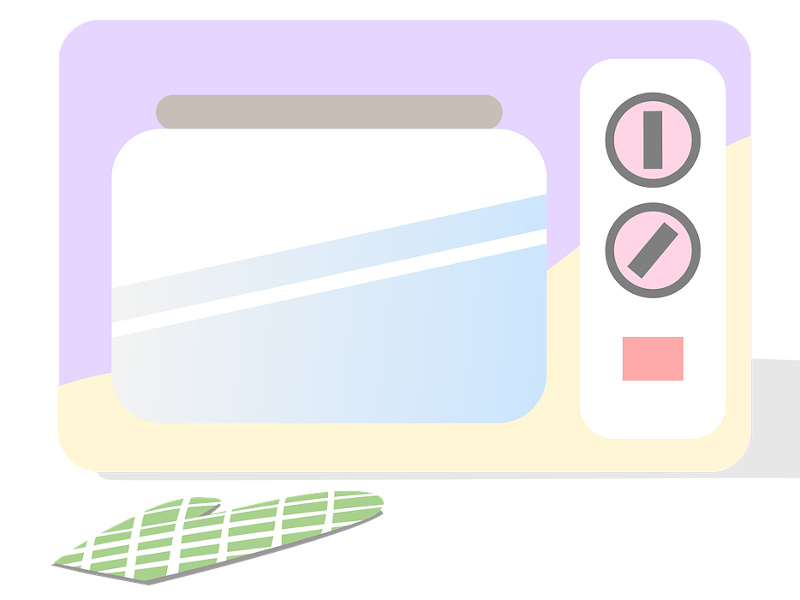(Microwave Oven Cooking, Pros and Cons of Using Microwave)

We commonly associate microwave ovens with a rushed, fast-paced life. It is every busy (or lazy) man’s best friend. But microwaves aren’t just for heating up pre-prepared meals like your frozen pizzas or your mac and cheese in a bowl, or for things you can buy at the pre-cooked section of your local grocery store. You can actually cook a decent, convenient meal using only this all-around appliance.
Some of the more popular dishes you can easily make in a microwave are omelettes, ramen, nachos, beans, lasagna. The list can go on and on.
But is cooking in a microwave really as easy and efficient as it seems? In this article, we briefly describe how microwave cooking works, then we go on to discuss some of the pros and cons of cooking in the microwave.
How does Microwave Cooking Work?
The reason why microwaves operate so fast is because the heat energy is channeled directly to the tiny particles in the food being heated (or cooked) through radiation. These waves of energy are way shorter than radio waves (hence, the term microwave). These waves cause very quick vibration in the food molecules which then result in thermal energy, hence heating up the food, and eventually cooking it.
Pros
- Convenience: This is probably the biggest selling factor of microwave ovens. I can’t think of any other cooking appliance that is so convenient that it allows you to cook food with just a press of a button. In addition, they’re so fast. Some food (popcorns, for example) can cook in as fast as one minute.
- Cleanliness and Hygiene: Unlike ovens and other cooking appliances, cleaning a microwave cannot be any easier. Sure, the food you cook in it can splatter, but you can easily wipe it clean with a wet towel. To get rid of tougher stains, other people pour vinegar in a bowl, and microwave it for a minute. This usually makes the stains easy to wipe off.
- Ease of Use: When cooking in a microwave, you don’t have to worry about burning your food. There is no need to keep coming back to check. You can simply set both the timer and the temperate and allow it to do its thing.
- Great for reheating left-overs: If you live alone or in a small household, chances are you always end up with left-overs. Reheating left-overs is one of the reasons why microwaves are such a godsend. You never have to worry about wasting food again.
- Perfect for Defrosting Food: Microwaves have a defrost option, which is what everyone needs when cooking, especially when in a hurry and you don’t have the time to naturally thaw frozen meat at room temperature.
- Multi-Use: Some microwaves can actually work as a toaster or convection oven so you get multiple appliances in one small space.
Cons
- Utensil-specific: There are some utensils that do not work or may be harmful if used in a microwave. Plastic dishes must be labeled “microwave-safe,” otherwise, they may melt or can trigger a chemical reaction that can potentially harm your food. You also cannot use metallic dishes (as well as aluminum foil) as they will catch fire.
- Small size: Most microwaves are small in size, which may be good for reheating small left-overs, but not great for cooking meals for a relatively bigger household.
- Uneven cooking: You don’t have to worry about this if you’re cooking smaller portions, but this can happen with bigger meals. Because of the very special way microwaves cook food, it may result in uneven cooking. There are times when certain sides of the food are well-cooked but the others may have not been heated properly yet and may contain harmful bacteria.
- Superheated water may cause accidents: One of the most commonly reported accidents involving the use of microwave ovens is that it heats up water very fast without actually boiling it. This causes people to underestimate its heat, resulting in burning sometimes.
Conclusion
Just like any other home appliance, the use of microwaves for cooking comes with its own set of advantages and disadvantages. Although it is completely safe, it is still very important to know what dishes it works with, and to be aware of the possible risks of using it.
See Microwave Recipes